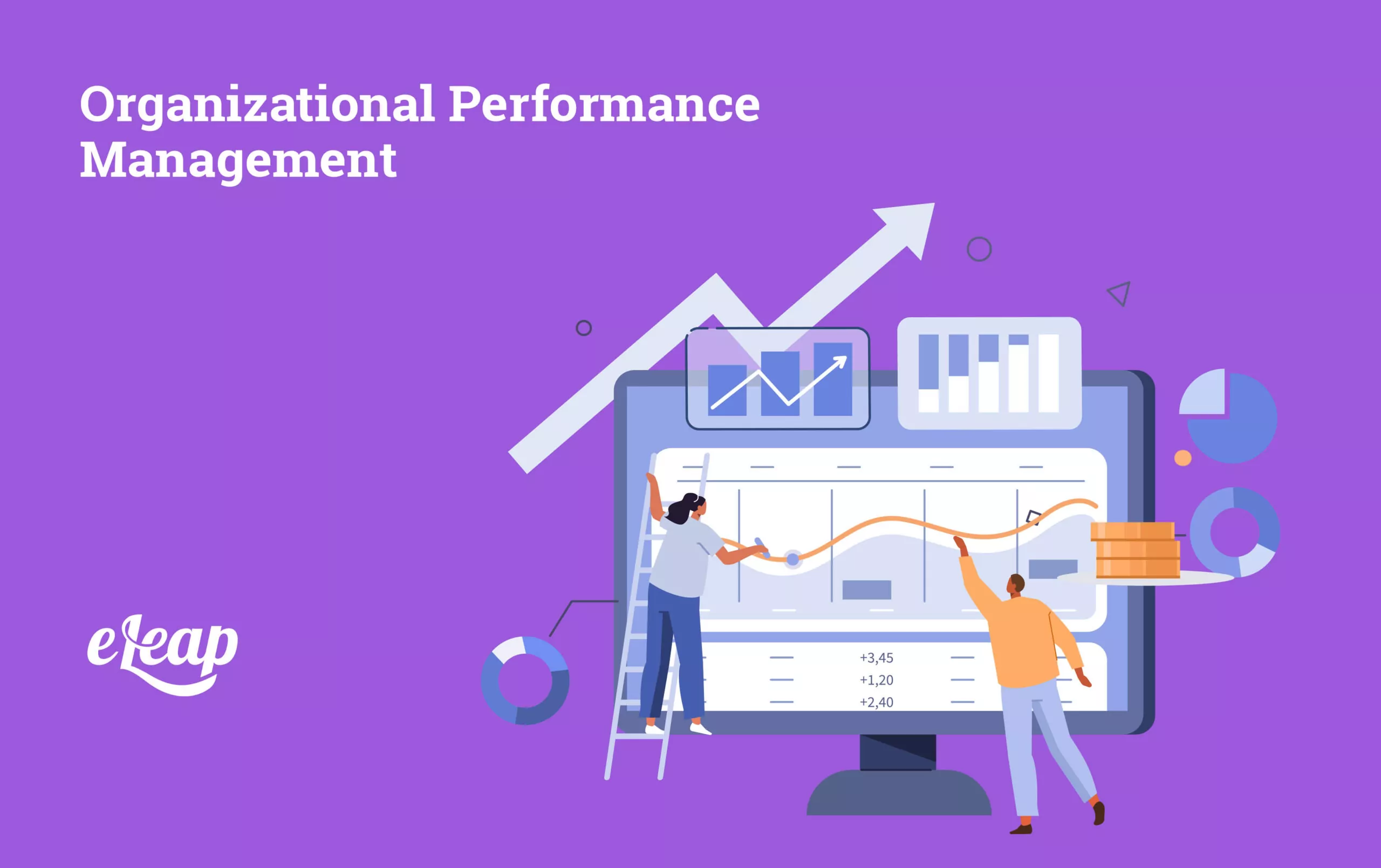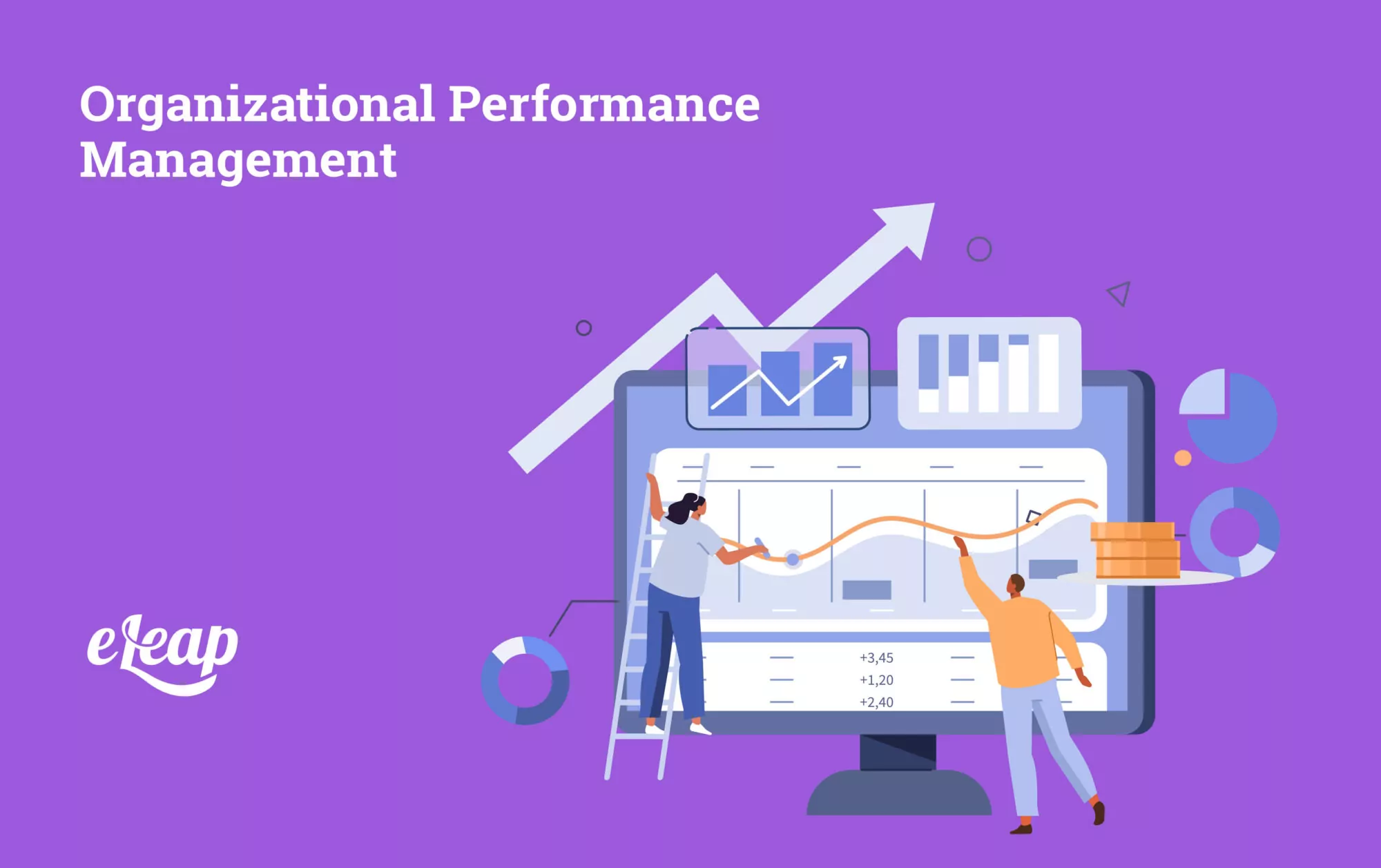Organizational Performance Management

Performance measurement is an important part of any organization’s strategy for success and growth. Many companies have implemented their own employee review process. Still, these processes can be ineffective or inefficient due to poor planning and implementation.
There are two main types of performance management systems. One is the more traditional type, known as Personnel Performance Management System, or HR Performance Management. This type is aimed at employee performance.
To ensure that you are using your time wisely, it is crucial to implement a well-designed performance management system that will help improve productivity while increasing morale among employees. A properly designed system should give both upper management and lower-level staff visibility into how each employee performs on a day-to-day basis.
The second type is Organizational Performance Management. These types help you achieve your ultimate goals as an organization.
These must allow for flexibility so that when changes occur within your business models, such as mergers or acquisitions, you can easily accommodate those changes without disrupting your current operations.
Below are some examples of various types of performance management systems available in the marketplace today. But first, let’s define a PMS a little more clearly.

What Is a Performance Management System?
A performance management system (PMS) is simply defined as “the formalized, documented process used to measure organizational performance.”
With many different approaches being utilized, there are three main categories of PMS. These include Organization Developmental Planning, Strategic Planning, and Tactical Operation.
Each approach has its benefits and drawbacks. For example, organizations with larger budgets may find development plans more useful than smaller ones because they provide greater depth and detail regarding long-term goals. On the other hand, smaller budgeted organizations may find tactical programs better suited for measuring short-term results.
The key difference between the first two categories lies in whether it provides guidance for achieving strategic objectives or not. If not, then it would fall under the third category – Tactical Operations.
This type of approach focuses solely on operational efficiency. If a company does not have enough money to invest in either one of these areas, they need to consider implementing all three types of approaches together.
When choosing a particular approach, keep in mind that most human resource departments utilize a combination of tactics instead of just relying heavily on only one method. You want to make sure you choose something that allows for easy integration and communication throughout the entire department.
In the next section, we’ll outline the three major Organizational Performance Management Systems.
3 Organizational Performance Management Systems
As mentioned earlier, there are several different methods of performing performance measurements ranging from developmental planning, strategic planning, and tactical operation. Here is a more detailed look at organizational or developmental planning.
These monitor performance in a way that leads to the organization’s overall success as a whole. During these performance management reviews, companies ensure that the actual daily performance is promoting steady growth for your business.
Management By Objective (MBO)
MBO uses dashboards to show data about specific projects. Managers can see what percentage of work was completed against goals, average hours per task, etc., and compare progress across functions and teams. However, since project durations vary greatly depending on the size and scope of the project, this approach does not lend itself very well towards longer-term goals.
However, this model serves to help accomplish long-term goals. When you’re able to analyze short-term information with this much detail, you can go back and optimize certain areas and make slight changes that make a huge difference.
Balanced Scorecards
Like MBO, balanced scoring cards also offer up information like percent complete, start date, end dates, number of people assigned, status reports, costs, etc. However, they add additional metrics such as customer satisfaction scores, innovation scores, financial indicators, etc. They also provide more insight into the team’s overall health based upon hard numbers rather than subjective opinions.
Resource Planning
Resource planning systems typically establish realistic staffing levels and provide monthly forecasts for workload requirements. Depending on your type of business, certain industries require higher levels of staffing and others much less. Having too few skilled workers can lead to problems with production delays and quality issues.
Conversely, having too many employees taking unnecessary breaks during peak periods can result in increased overtime pay. When developing a new product line, having accurate forecasts helps determine where you want to set your prices accordingly. Based upon differences, adjustments can be made to increase the future revenue stream. Some systems even incorporate the ability to create customized reports specifically tailored to meet your clients’ needs.
Choosing the Right Approach
Once you’ve determined that your chosen approach fits your unique situation, crafting the right program comes next. Numerous vendors specialize in creating these kinds of solutions, so finding the proper fit becomes an essential step in making sure you get value out of your investment. Once selected, look for a vendor who offers ongoing support and training.
Make sure you select someone who understands your culture and values. Not only that, but the person should be able to customize the solution to suit your exact needs.
Also, check to see if the system includes reporting capabilities to assist you in communicating effectively with executives and decision-makers at the top of the chain of command. Finally, remember that no matter which direction you decide to take, you’ll probably need help deploying the system to make sure it goes off without a hitch.
In the end, the most important thing to remember is to ensure whether you’re using the right type of performance management solution for your needs. Additionally, if you’re using multiple types at once, you’ll want to keep all of the metrics separate and independent from one another. You don’t want them to overlap, or you could end up with some inaccurate results.
In the next article, we’ll be covering the other major form of PMS platforms, the personnel or HY PMS. This type focuses more on individual employee goals, and when used together, both of these strategies are very powerful.
The eLeaP continuous performance management system provides organizations with powerful options to attract and retain high caliber team members.